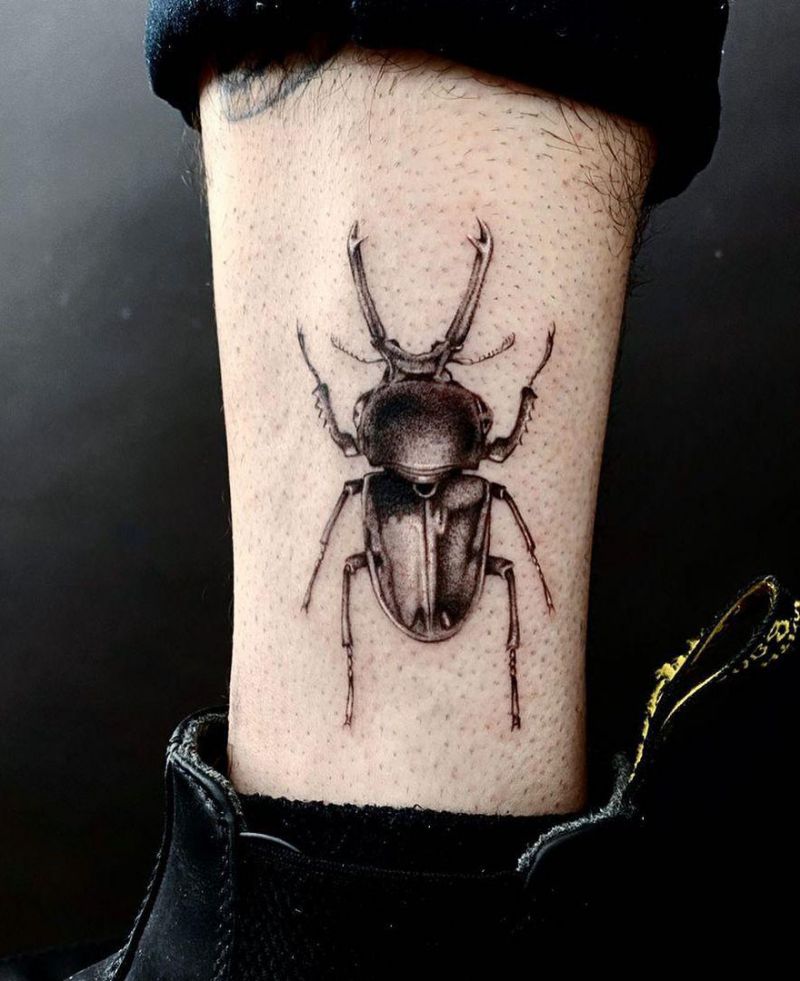Dung beetles belong to Coleoptera, Scarabaeidae. The body is black or dark brown, large and medium-sized insects. Dung beetles can use the polarization of moonlight to locate and help feed. It has a certain phototaxis. There are more than 20000 species of dung beetles in the world, distributed in any continent outside Antarctica. The most famous dung beetle lives in Egypt and is 1-2.5 cm long. The largest dung beetle in the world is a giant dung beetle 10 cm long. Most dung beetles feed on animal dung and are called "scavengers of nature".
Dung beetles usually feed on feces or humus, which plays an important role in ecosystem balance. The ecological value of dung beetles includes transporting feces to the ground, secondary transmission of seeds, pollination, control of pests, intermediate host of parasites, development and application prospect, important bionics significance and theoretical significance.

Source: @megburnstattoos